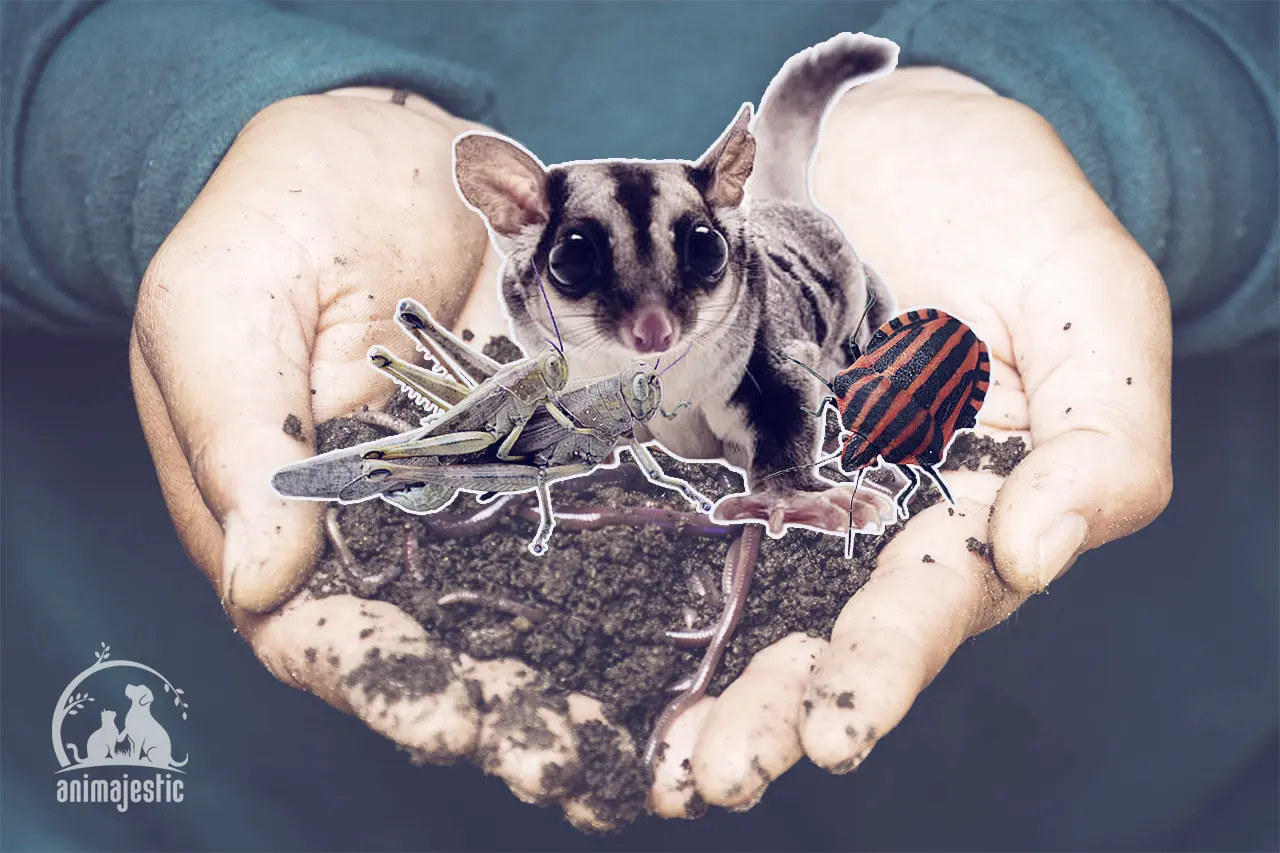Are you looking for a comprehensive list of insects sugar gliders eat? You’ve come to the right place! Let’s get into the array of insects that make up their menu.
When envisioning a sugar glider, the first images that often come to mind are of their playful endeavors, acrobatic gliding feats, and deep, large eyes that speak volumes.
There’s more to these fascinating creatures. Beneath the playful exterior lies an insatiable appetite for insects, setting them apart as enthusiastic insectivores among the realm of omnivores.
The Dietary Peculiarities of Sugar Gliders
Being omnivores, sugar gliders maintain a diet rich in variety—fruits, seeds, small vertebrates, and insects. However, of particular interest is their penchant for insects.
Such affection is primarily driven by the nutritional life force that insects offer, satisfying an extensive suite of dietary needs, including those for proteins and fats.
Insects Sugar Gliders Eat
Sugar gliders exhibit no noteworthy bias against any specific insect species, thus boasting a diverse insect-eating pattern.
Below are the insects on their menu list:
Moths
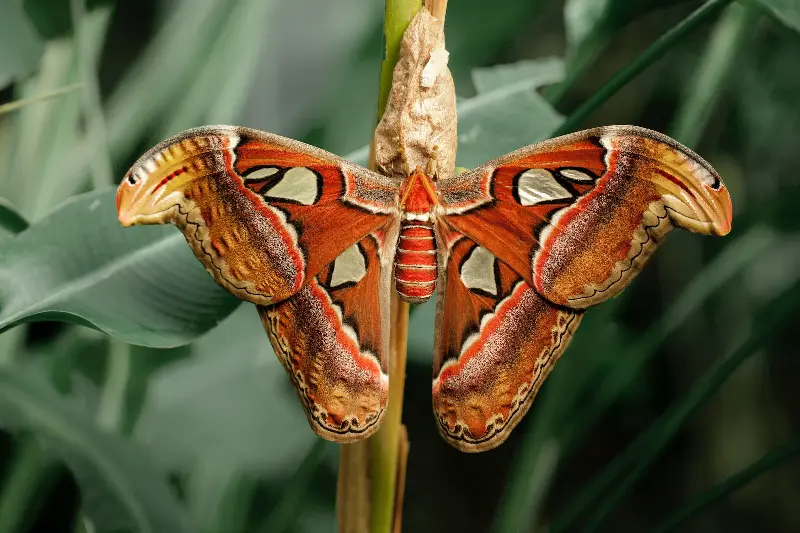
In the insect kingdom, moths thrive in abundance with their sheer diversity and easy availability, thereby forming a steady supply for sugar gliders.
Moths provide a joyous chase and high nutritional value, making them an excellent addition to the sugar glider diet. Moths can be served live for intelligent captivation or killed and chopped into smaller pieces for easier consumption.
Beetles
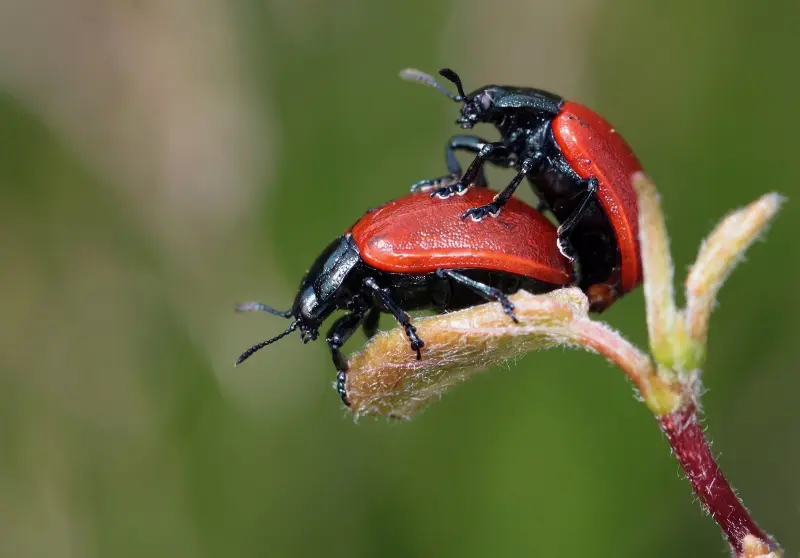
Beetles hold a special place in sugar gliders’ hearts. Their crunchy exterior and soft inner make for an appetizing mix, which sugar gliders find irresistible.
However, hard-shelled or large beetles can be challenging for sugar gliders to eat. To serve beetles, ensure they are proportionate to the size of the sugar glider, ensuring a comfortable feast.
Spiders
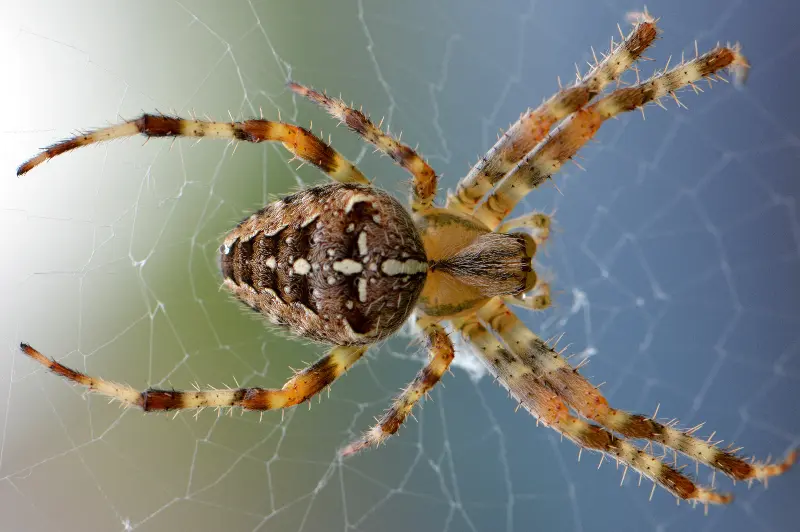
Spiders, one might say, are not technically classified as insects. However, it would be remiss not to mention them given the sheer delight sugar gliders take in hunting and consuming them.
Spiders provide a good source of protein. However, caution is warranted when serving spiders. Ensure that the spiders sourced are non-toxic as some species can potentially harm sugar gliders.
Crickets
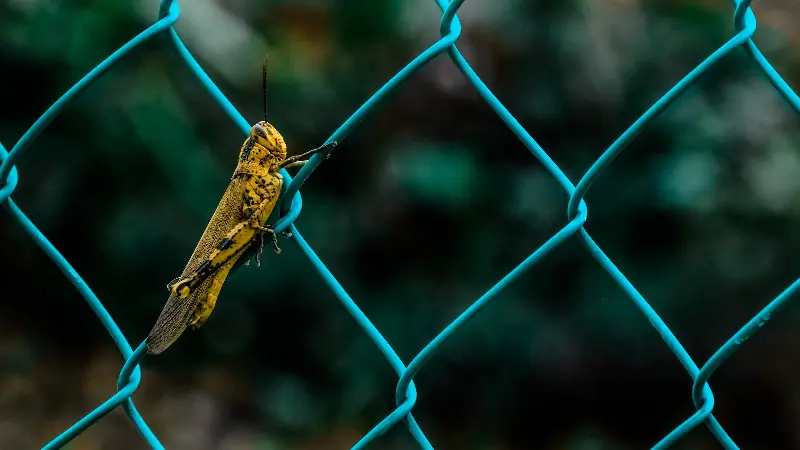
Crickets are miniature protein powerhouses. Sugar gliders, both captive and wild, fancy these insects.
Crickets are often used to supplement their diet and can be served live.
However, it’s beneficial to stun them before serving to prevent them from biting or jumping away from the sugar glider.
Caterpillars

Caterpillars serve as a gourmet meal for sugar gliders.
Capturing caterpillars in their evolution stage might not be a likely scenario in captivity.
However, they are available from pet stores, ensuring a purely protein-packed mealtime joy.
Serve caterpillars live; they are generally harmless and offer the pleasure of the chase to your sugars.
Grasshoppers, Bugs, and Worms
Other insects that sugar gliders enjoy include grasshoppers, small bugs, and worms.
Each comes with its unique serving suggestions. Grasshoppers can be served live or dead.
Bugs need to be thoroughly checked for disease before feeding. Worms can be a treat, but it’s important to source clean ones, ideally from a reliable pet supply source.
Pro Tips for Serving Insects
Pet owners and potential sugar glider enthusiasts often wonder how to best cater to their insect requirements.
Here you go:
- Size Matter: Ensure the insects offered to your sugar glider are appropriately sized to prevent choking from potentially hard-to-swallow pieces.
- Hunting Instincts: Live insects often stimulate the sugar gliders’ hunting instinct, providing fun and meals simultaneously by triggering their food-foraging behaviors.
- Hygiene: Purchased insects should be sourced from reputable sellers ensuring they’re free from toxic substances, diseases, or parasites which are usually present in insects from the wild.
- Preparation: Cooked insects like mealworms can be served occasionally. They should be baked or boiled without any added oil or seasoning.
Dietary Balance
Insects indeed form an integral part of a sugar glider’s diet, but caution needs to be exercised to prevent an over-reliance on them.
A well-balanced diet extends beyond just insect consumption.
Sugar gliders require a variety packed with essential nutrients obtained from a blend of fruits, vegetables, sap, and nectar.
The Dawn of Nocturnal Feasting
Sugar gliders are at their energetic best during nighttime, which is also when they naturally hunt for food.
Owners can recreate a touch of this naturalistic experience by serving their insect meals during the evening, aligning with their regular foraging times.
Captivating Culinary Experience
Ultimately, exploring insects sugar gliders eat reveals a captivating side of their dietary needs, highlighting the interplay of survival instincts and dietary sustenance.
Thus, knowing what insects sugar gliders eat and how to serve them is about more than just satisfying their petite appetites. It’s about taking an active role in their health and well-being.
So, each time you see your sugar glider savoring a moth, enjoying a beetle, or hunting a cricket, remember that such experiences represent the diversity, satisfaction, and fulfillment that only a balanced diet can offer.
It’s about recreating an environment that mirrors the wild—bursting with excitement, offering variety, and most importantly, fulfilling their hunt and feast instincts.
Mastering the art of serving insects to sugar gliders is not just for meeting dietary needs but also an exhilarating delight for these acrobatic creatures.
A well-nourished, gleaming-eyed sugar glider crunching its favorite insect treat serves as a testament to a thriving life successfully adapted from the wild to our warm homes.
Always remember, it’s in these tiny moments and delightful indulgences that the world of sugar gliders keeps spinning—a world full of life, energy, and relentless curiosity.
Have fun hunting!
